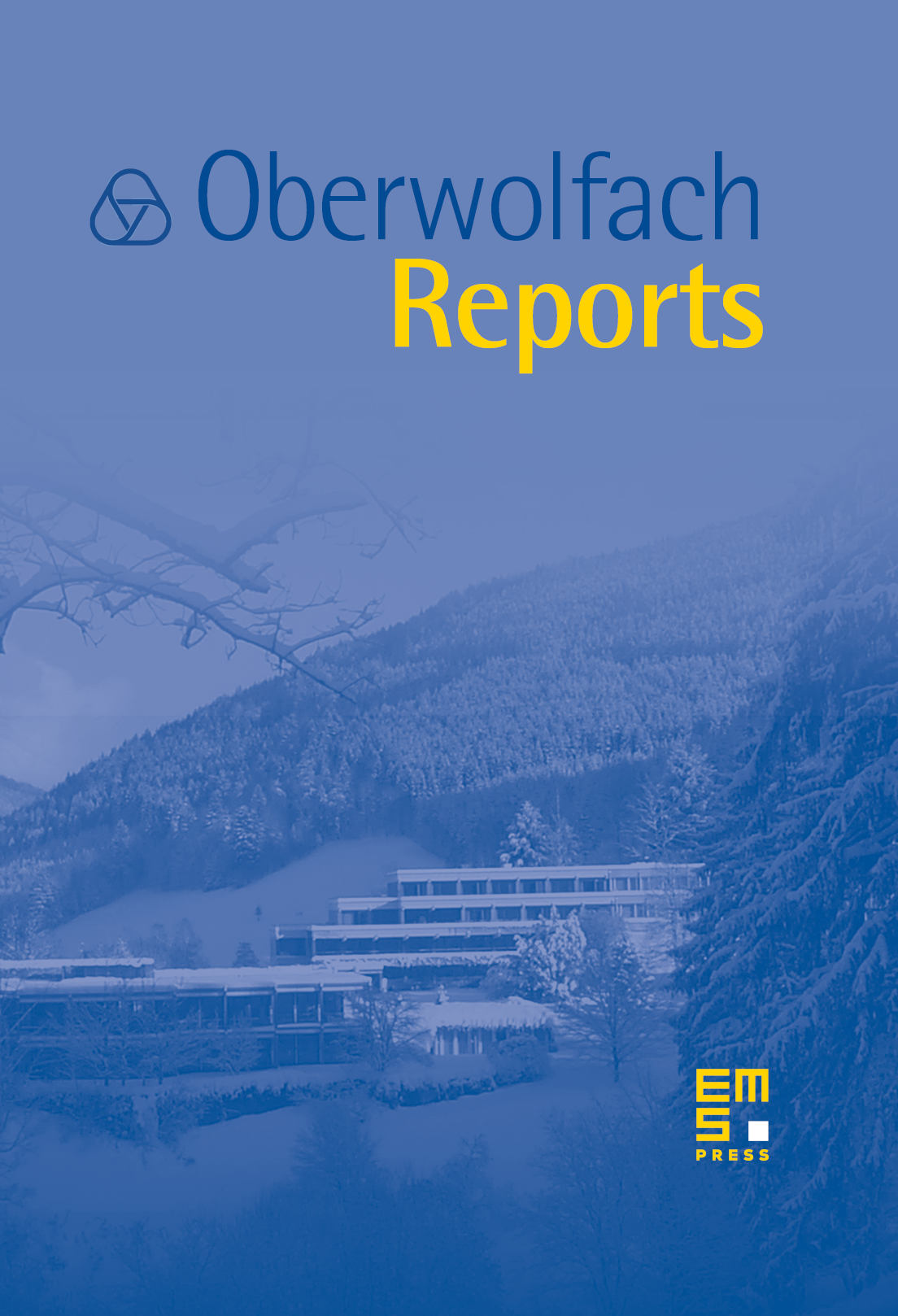Adaptive Numerical Methods for PDEs
Rolf Rannacher
Universität Heidelberg, GermanyEndre Süli
Oxford University, UKRüdiger Verfürth
Ruhr-Universität Bochum, Germany

Abstract
Multidimensional processes in sciences and engineering are usually formulated in terms of partial differential equations. With the incorporation of more and more complete physics these models become increasingly complex. Their accurate numerical simulation requires the use of efficient methods which exploit concepts of adaptivity in setting up the models and their discretization. Over the last two decades these approaches have been developed from simple model situations towards real-life applications, in most cases with striking success. The conference “Adaptive Numerical Methods for PDEs” had its focus on basic questions related to the rigorous mathematical understanding of these methods and to their practical use.
The use of automatic adaptivity has become common in the simulation of all kind of PDE models even in situations where a solid theoretical justification is lacking. Examples are the nonlinear Navier-Stokes equations in fluid mechanics, the nonlinear Lamé–Navier equations in large-strain elasticity, the Maxwell equations, and combinations of these models in nonstationary fluid-structure interaction and magneto-hydrodynamics. Such approaches are usually based on a posteriori information in terms of local quantities such as approximate gradients or residuals obtained from the computed solution. The extension of quantitative mathematical analysis of adaptive methods to such complicated models is a challenging problem.
The existing methods of a posteriori error estimation and mesh adaptation are based on several heuristic technical assumptions. These are assumptions about the convergence of higher-order difference quotients, the relative “smallness” of linearization errors, “sharpnes” of stopping criteria of algebraic iterations, the “safe” control of error accumulation in long-time calculations, etc. These aspects are fundamental to adaptive methods and still need rigorous mathematical analysis for a better understanding of the underlying mechanisms.
Recently, several new directions of adaptivity have evolved, e.g., “spectral-adaptivity” in wavelet analysis, “hp-adaptivity” in high-order FE-methods, “anisotropic” refinement in the approximation of layers, adaptivity in the solution of “optimal control” problems, “model adaptivity” for example in spatial dimension reduction or the complexity reduction in diffusion models, and “multi-scale” adaptivity in problems with micro- and macro-scales reaching even towards adaptive turbulence modeling. The latter are the really “hot” topics in current Numerical Analysis research. The mathematical analysis of these approaches has to combine concepts of a posteriori error estimation with techniques from PDE theory. The talks given at this conference were concerned with the following subjects:
- Concepts of model adaptivity;
- Adaptive multi-scale analysis;
- Adaptivity in optimal control;
- Error control in iterative solution processes;
- Anisotropic mesh adaptation;
- Higher-order adaptive FE hp-methods;
- Error control of linearization and stabilization;
- Local “goal-oriented” versus global “norm-based” error estimation;
- Mathematical analysis of a posteriori error estimates;
- Convergence of adaptive algorithms.
Cite this article
Rolf Rannacher, Endre Süli, Rüdiger Verfürth, Adaptive Numerical Methods for PDEs. Oberwolfach Rep. 4 (2007), no. 3, pp. 1663–1740
DOI 10.4171/OWR/2007/29